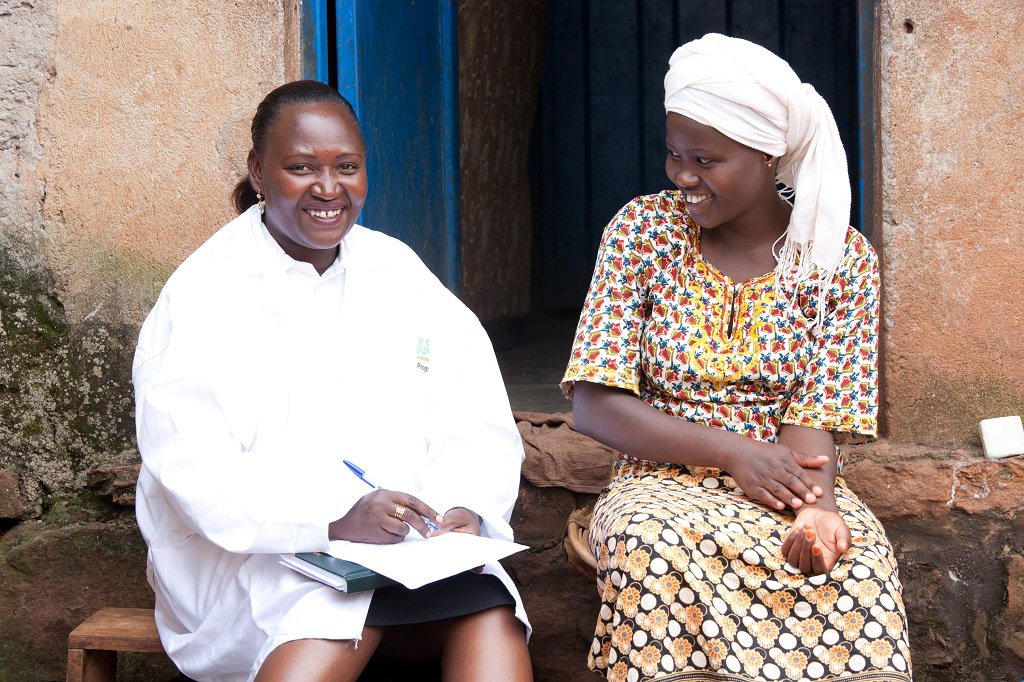This blog originally appeared on The Huffington Post.
In recent years, we have seen a welcome shift away from standalone community health worker (CHW) programs toward integrated, national CHW programs. This reflects the integral role CHWs have come to serve within health systems that are often under-resourced, underscoring the importance of helping provincial health administrators devise creative and practical solutions to address the challenges of CHW support and supervision.
Both are critical for the motivation and performance of any worker. Supportive supervision is perhaps even more important for volunteer cadres, as it creates the link with the health system and affirms their value in that system. As nongovernmental workers, we know how sporadic and limited that supervision usually is in practice for CHWs.
In Developing and Strengthening Community Health Worker Programs at Scale, the authors describe this perennial problem: “Published literature about supervision is replete with statements about how important supervision is to successful CHW programs. However, the reality is that most of the time in CHW programs, supervision is virtually nonexistent or of questionable value even when it does occur.”
In Burundi, official government guidelines state that volunteer CHWs will be supervised by health promotion technicians (HPTs), and that each health center should have one HPT to oversee an average of 19 CHWs. In practice, however, many HPTs are overseeing a much greater number of CHWs, because many health centers do not have a dedicated HPT at all.
We saw this during implementation of the Integrated Health Project in Burundi (IHPB), implemented by FHI360 with Pathfinder International, and funded by the United States Agency for International Development (USAID). IHPB builds on USAID’s legacy of support to the health sector in Burundi and the successes of FHI 360 and Pathfinder in assisting the Government of Burundito expand and integrate essential health services. IHPB’s goal is to assist the Ministry of Public Health and Fight against AIDS to improve the health status of populations in 12 health districts located in the provinces of Karusi, Kayanza, Kirundo and Muyinga.
In these districts, there were only 63 HPTs for 164 health centers, and a hiring freeze prevented the Ministry from addressing this shortage. In the Vumbi health district, this meant an average of one HPT to 129 CHWs, resulting in monthly meetings dedicated mostly to filing reports and gathering data, with little opportunity for other kinds of supportive supervision or individual attention.
In Ntega, one of the two administrative communes forming the Vumbi health district, one HPT was responsible for overseeing the community health work of 7 health centers and 240 CHWs. In order to communicate and coordinate with his CHWs, this HPT had initiated peer selection of CHW representatives to serve as points of contact for each colline (a small administrative unit comprised of several villages) based on criteria such as dynamism, respect in the community, and ownership of a cellphone. Though not a solution to the supervision gap, we wondered whether the approach initiated by this HPT could be expanded and improved for broader use in other areas with similarly daunting supervisor-to-CHW ratios.
In January, we organized a workshop in Vumbi district, inviting district health staff, health center heads, and HPTs to discuss the CHWs’ system-level challenges, consider use of a peer support group strategy, and provide feedback on proposed implementation tools and activities. Participants welcomed the new strategy because they felt it would help build the capacity of lower performing CHWs, increase motivation, and facilitate communication with health centers and TPS.
CHW peer support group coordinators were later selected by their peers and orientated on how to assist in compiling community data, carry out monthly visits to provide feedback and support, and coordinate regular support group meetings to improve collaboration and performance.
We’ll be curious to see how this works. A workshop will be held after three months, and a final assessment after six months. We recognize that peer support groups cannot replace direct supervision, but until sufficient resources are available to fully staff public health systems, these kinds of creative approaches may provide an innovative way to support district and provincial administrators who face daunting resource constraints.

